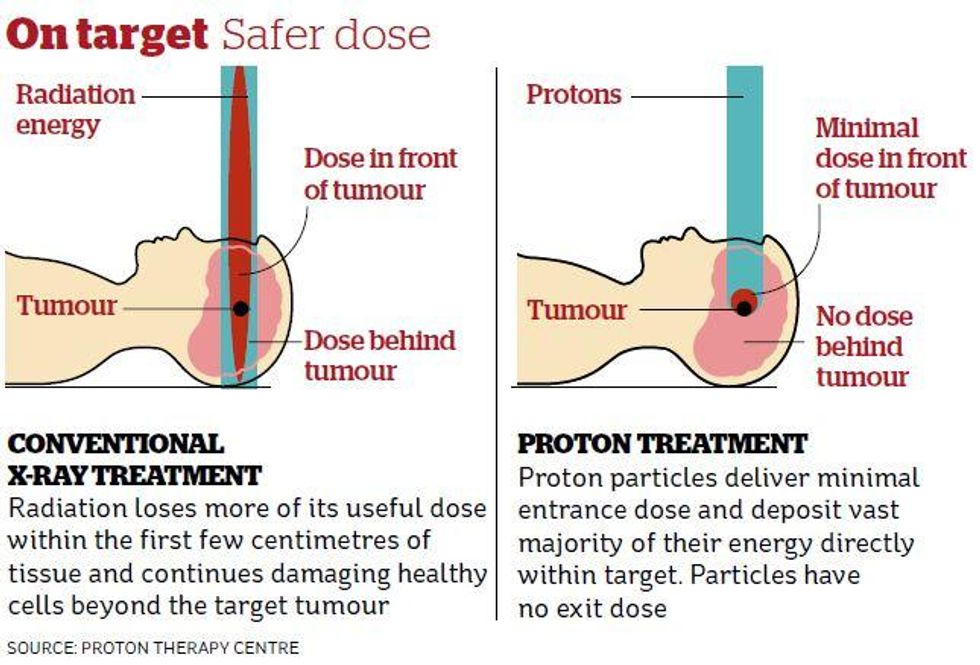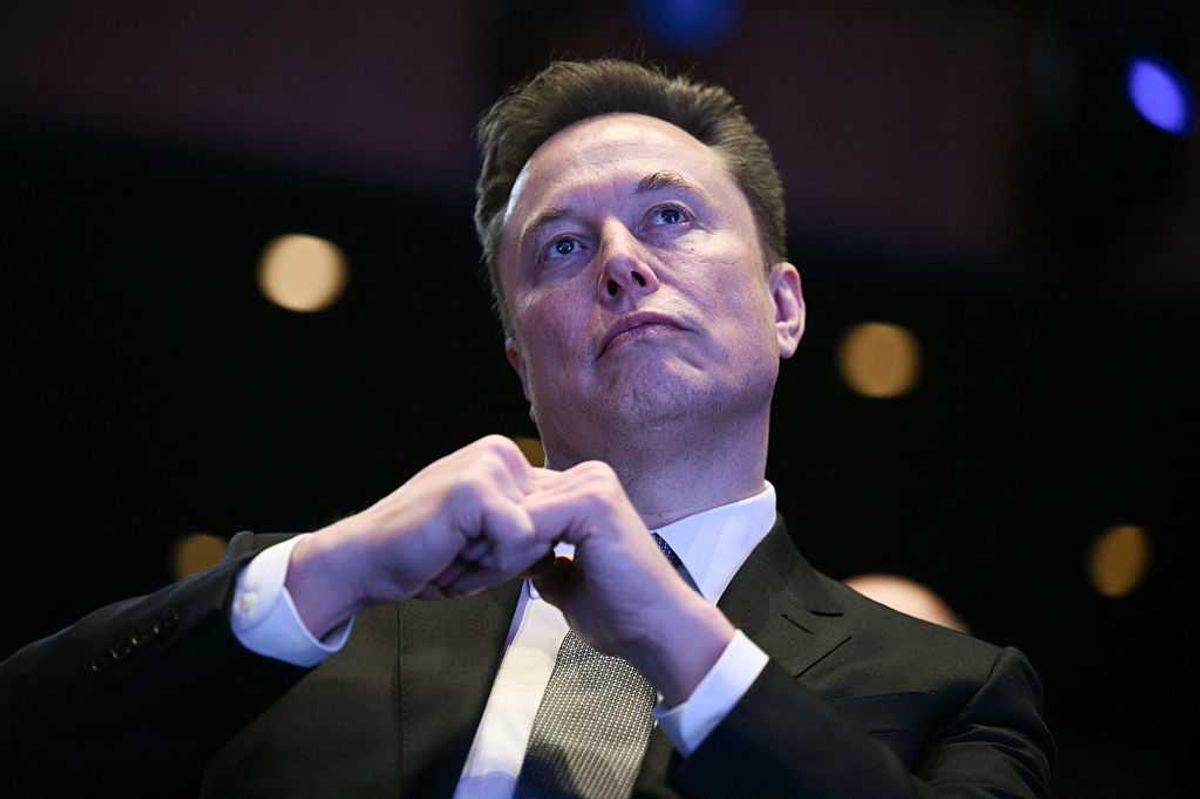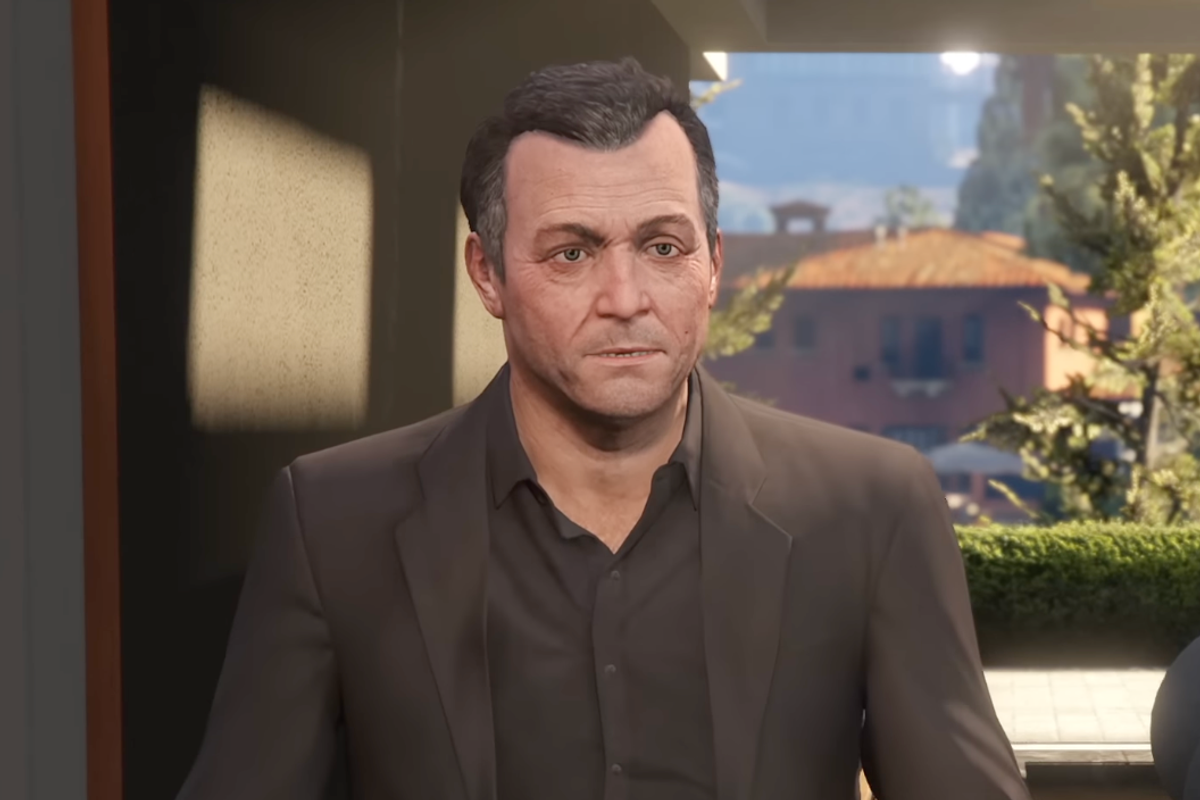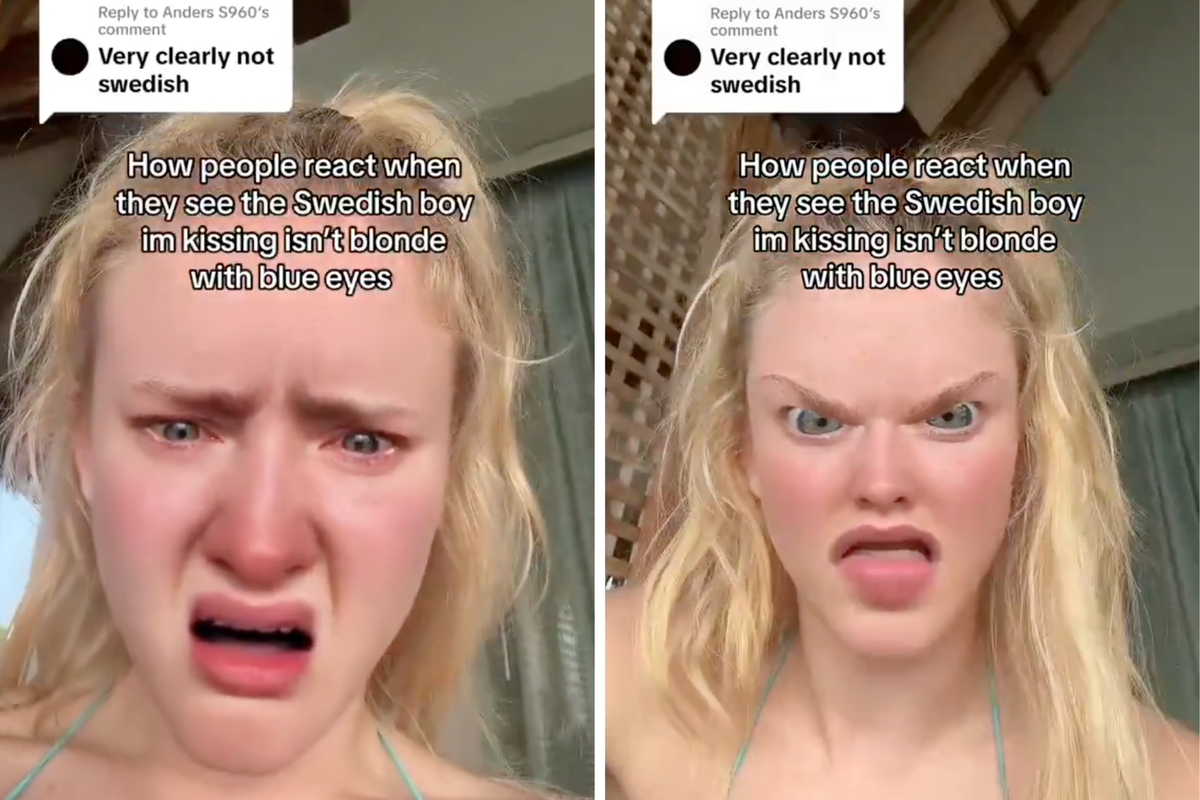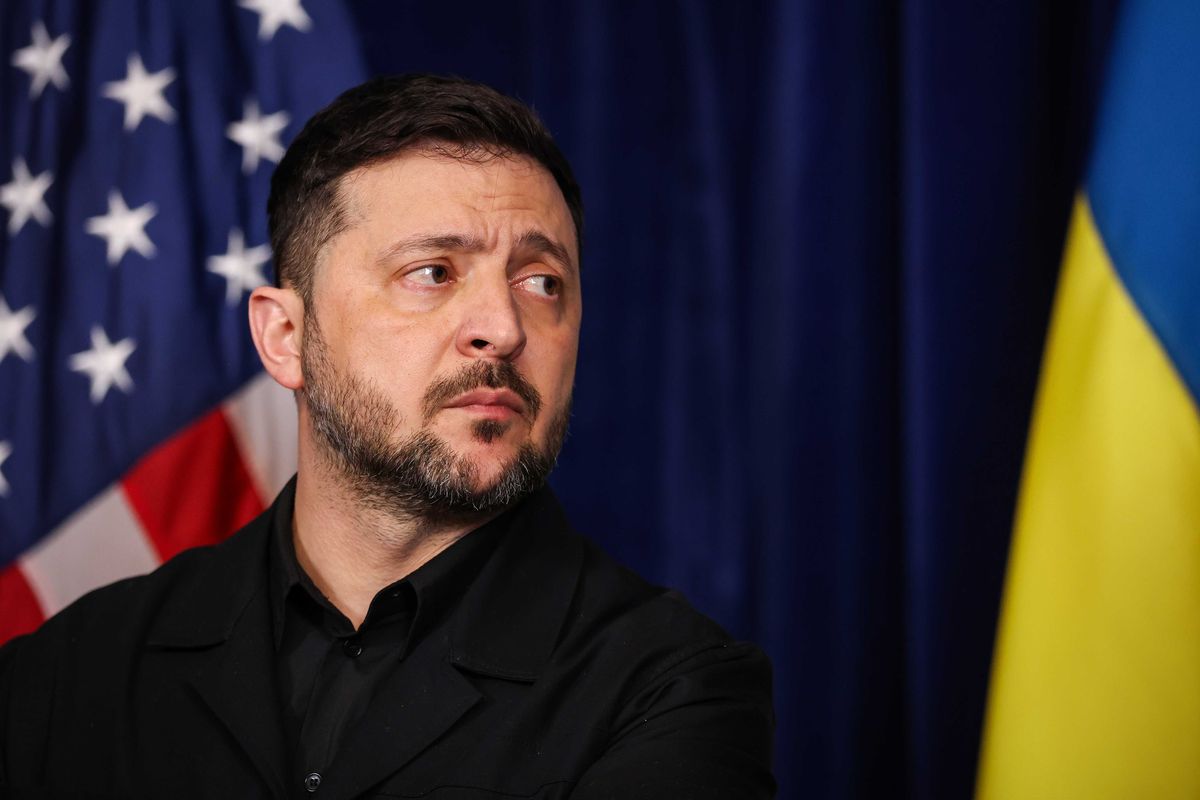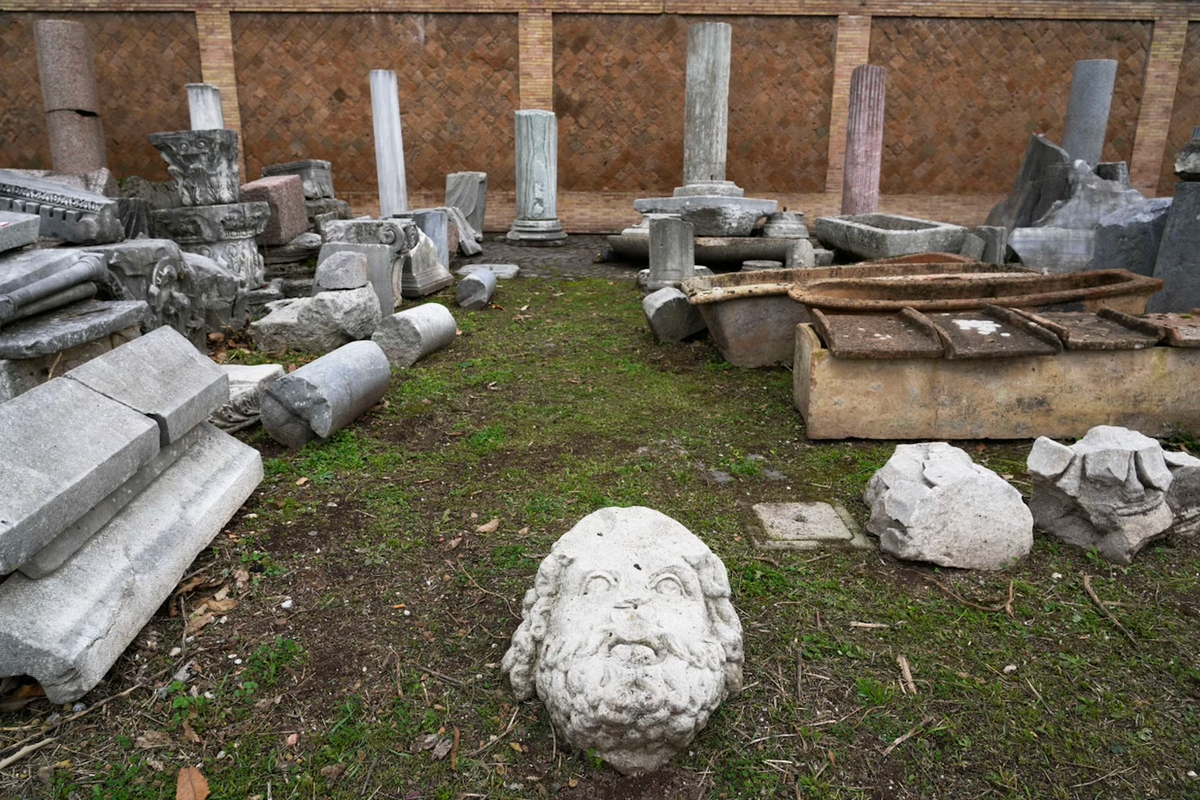Science & Tech
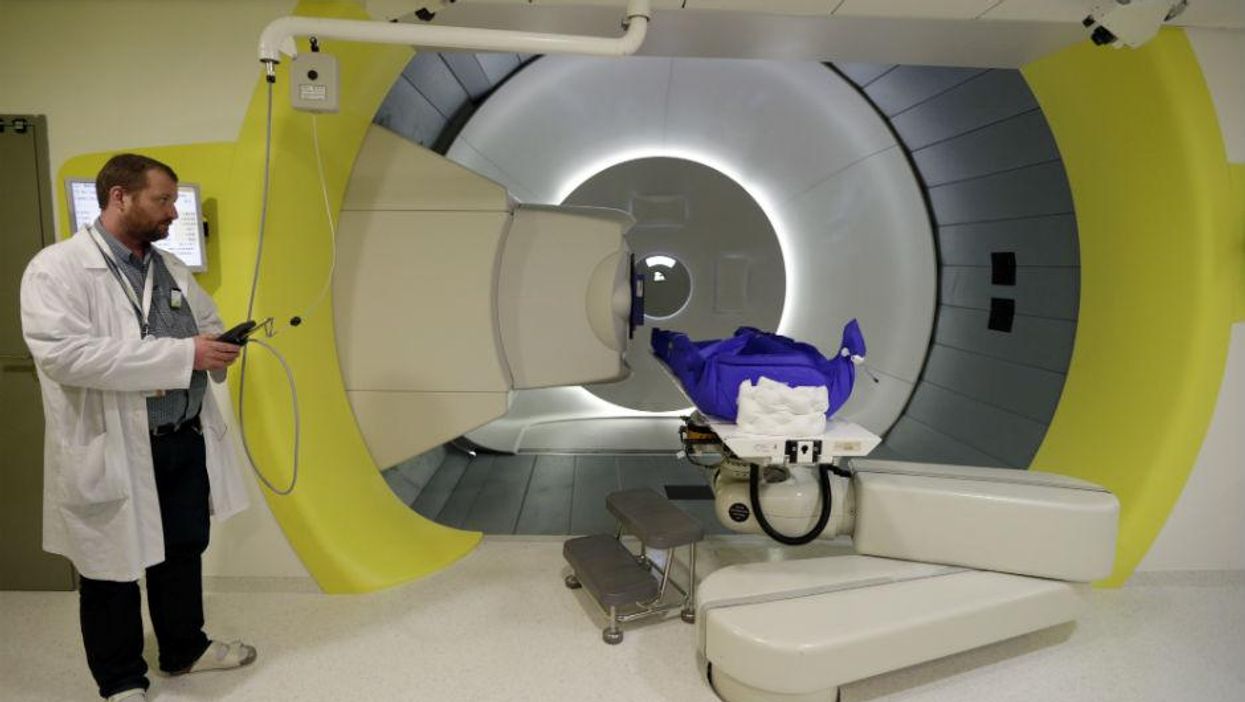
Ashya King, a five-year-old boy with a brain tumour became the centre of a continent-wide police search earlier this week after being "abducted" by his parents from Southampton General Hospital.
The boy's parents have fought hard for their son to be given proton therapy overseas. A request British doctors initially refused, but after a U-turn yesterday, the King family have been given permission to fly to the Proton Therapy Centre in Prague so their son can be treated.
Despite being widely seen as a novel cancer treatment, proton therapy has in fact been around for many years.
So how does it work?
In business terms, you might say that the unique selling point of proton therapy rests with the physics of how proton particles – hydrogen atoms stripped of their electrons – behave when they are inside the body, relative to the photon beams of conventional radiotherapy using X-rays or gamma-rays.
This fundamental difference in the physics of proton-beam therapy means that most of its energy of the fast-moving proton particles is delivered directly at the site of the tumour.
This explains why proton therapy is so much safer than conventional radiotherapy, where the energy of photons is released inside the healthy tissue bordering the tumour, said Pavel Lastovka, who founded the centre with his brother Vaclav.
We can deliver higher doses to the tumour, not hurting the surrounding tissues, so the treatment time can be shorter,” Mr Lastovka said.
With protons you can also retreat the patient, but with photons you can’t. The cells have memories and in 10 or 20 years they remember the dose [of photons] they had received.
- Dr Pavel Lastovka, joint founder of the Proton Therapy Centre
More: Why Ashya King's parents were so desperate to take him to Prague
Top 100
The Conversation (0)
